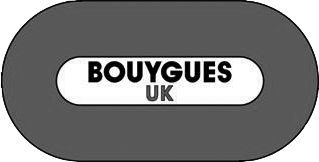Soil Types and How They Affect Buildings
June 7, 2019 2:25 pmSoil varies enormously depending on geographical position. Country by country and county by county, soil types are different and even in areas where the soil is quite uniform there are always anomalies…spots where the ground is particularly chalky or unstable.
All buildings need a strong foundation or the structure simply won’t last. Unstable ground makes for unstable buildings. The strength and stability of any soil will depend on its properties. Clay-based soil is often very stable when compared to sandy soils but the best is soil with a mixture…gravelly type soils in other words. They have the best stability because of the relative firmness when compared to dry sandy soil which will always shift or moist soil which is prone to flooding.
Types of soil
Peat: This soil is often quite dark in colour and it can hold a lot of water making it easy to compress. But it also dries out very quickly and is also very combustible. It’s not ideal for building on.
Clay: Clay is excellent at storing water due to it’s makeup; it’s formed of a great many very small particles but because of this it shrinks and expands at a rate which makes it unreliable. An unstable soil like this means it’s not a good soil for building on.
Silt: Silt feels smooth and holds water for a long time but drains poorly and this means it expands quickly in damp conditions. Again, not ideal for a building’s foundations.
Sand/Gravel: Dry and gravely to touch it drains well and also compacts fairly easily managing to retain stability even in damp conditions. The only issue with this is that if the area is one with high rainfall, smaller gravel particles can be washed away meaning that the ground is left with gaps and spaces.
Loam: Loam is an excellent soil type for building on because it’s a combination of clay, silt and sand. It’s soft and crumbles easily when touched but when compressed is stable and secure.
Helical piles can overcome the difficulties faced when building on softer or unstable ground and even in high water tables. The piles are treated to withstand high moisture beneath the ground and this prolongs their life and depth can also vary, meaning that if the ground is more hospitable deeper, then that can be taken advantage of. With helical piles, there’s no need to be concerned about soil type, meaning that buildings are more stable and of course longer lasting.
Categorised in: helical piles




















